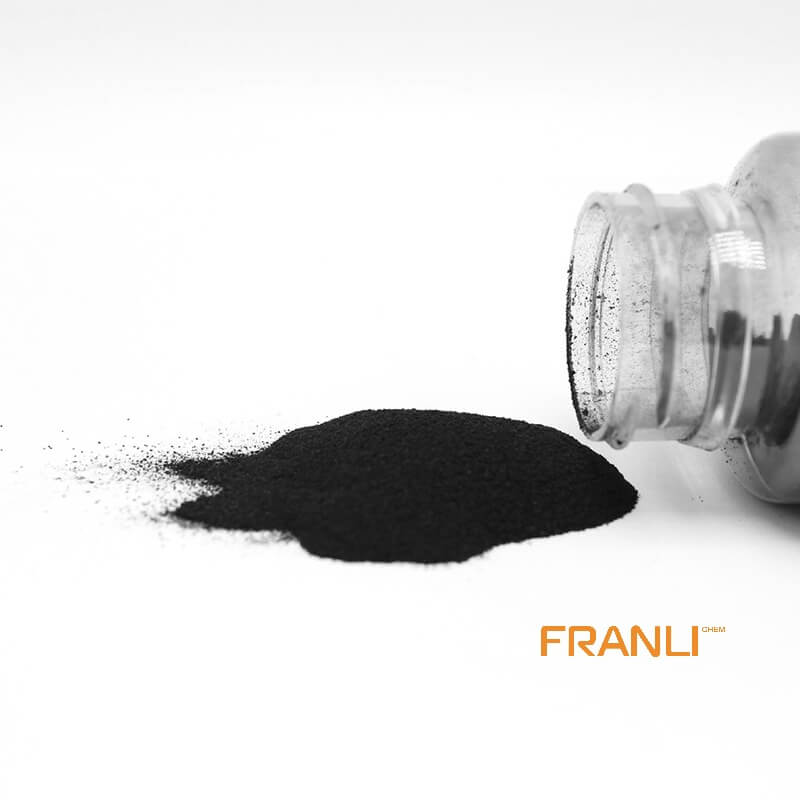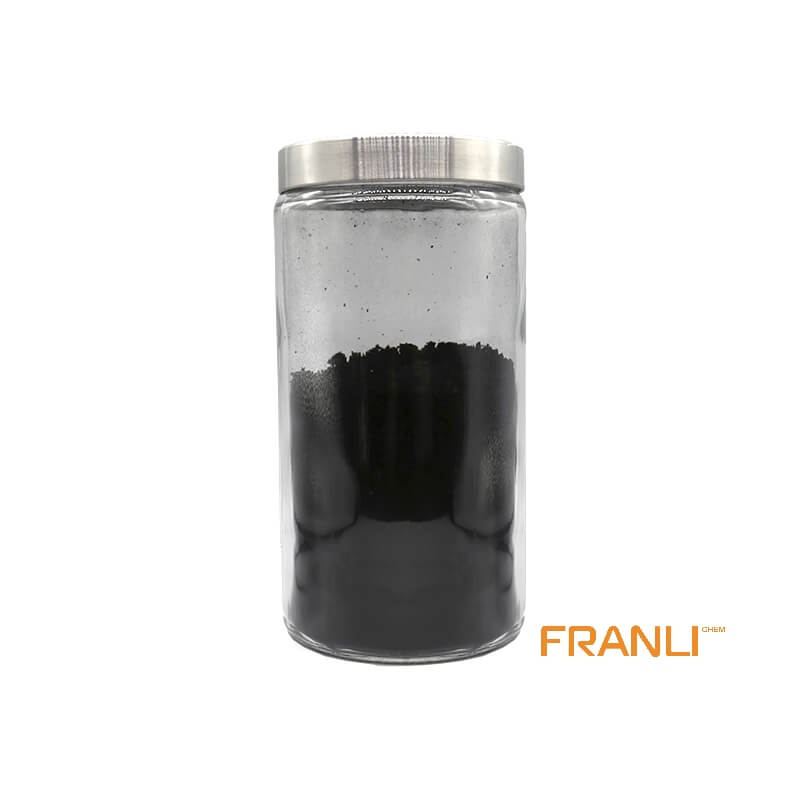

Graphene
Size
1-2nm thick x 0.5-5microns wide
Package
According to customer requirements
Features
High strength, high electrical conductivity, etc.
Application
Can be used as filler(between 0.01% and 5%).
Graphene, as the thinnest, toughest and best conductive nano material found at present. It is a two-dimensional crystal composed of carbon atoms stripped from graphite material with only one layer of atom thickness. Known as “black gold”, it is “the king of new materials”. Scientists even predicted that graphene “will completely change the 21st century”.
Request a quote
The development of graphene is getting better and better. In recent years, major manufacturers are looking for more graphene products to pursue more stable performance and longer service life of their products, and graphene battery is one of them.
Type and characteristics of the battery
There are two main types of battery: primary battery and secondary battery. The primary battery (disposable) can only be used once, and cannot be used again because the electrode material will be irreversibly changed during charging. Common examples are zinc-carbon batteries and alkaline batteries used in toys, flashlights, and many portable devices. The secondary battery (rechargeable) can complete multiple charges and discharges because the material of the electrode can be recovered through charge and discharge. Examples include lead-acid batteries for vehicles and lithium-ion batteries for portable electronic devices.

Batteries have various shapes and sizes and can be used in different use scenarios. Different types of batteries show various advantages and disadvantages. The energy density of nickel-cadmium (NiCd) battery is relatively low, but it is very popular in electrical appliances with long life, high discharge efficiency, and economic benefits. They can be used in cameras and power tools. However, nickel-cadmium batteries contain toxic metals, which are harmful to the environment. In contrast, Ni MH batteries have a higher energy density than Ni-Cd batteries, but also shorter cycle life. They are often used in mobile phones and laptops.
Lithium-ion batteries are used on occasions with high energy requirements and are lightweight, but this technology has potential safety hazards, and the circuit needs to be protected to ensure safety. Applications include mobile phones and various computers. Lithium-ion polymer batteries are mainly used in mobile phones. They are lighter, thinner than lithium-ion batteries, and generally safer, and longer life.
Due to the low manufacturing cost and high energy density of lithium-ion batteries, lithium-ion batteries are still the mainstream batteries at present. With the development of science and technology, more and more new materials have been used to make batteries. Among them, nanomaterial graphene is a new nanomaterial for preparing batteries.
Excellent battery materials
Graphene is a new type of nanomaterial, in which the carbon atoms are combined in the form of a honeycomb lattice. Because of its countless extraordinary properties, graphene is known as a “magical material” by scientists. Graphene has outstanding electrical and thermal properties. It is not only a good conductor but also has an ideal specific surface area and good flexibility. Graphene, as an eco-friendly and sustainable green nanomaterial, has unlimited possibilities in many application scenarios.
In the field of battery, the performance of traditional battery electrode materials will be significantly improved by adding graphene. Graphene batteries are more lightweight, durable, and suitable for high-capacity energy storage, and can shorten the charging time. Generally, in order to increase the conductivity, the amount of carbon-coated on the material or added to the electrode is negatively correlated with the service life of the battery, while the presence of graphene increases the conductivity, and the amount of carbon in the battery remains the same as that of the conventional battery.
How does graphene improve battery performance?
Graphene can improve battery properties in many ways, such as increasing energy density and changing the form of electric energy storage. By introducing graphene into the battery anode and using its superior conductivity and large surface area characteristics to improve lithium-ion batteries (and other types of rechargeable batteries), we can optimize the morphology and performance.

There is also a lithium iron phosphate battery (LFP), which is a rechargeable lithium-ion battery. Compared with other lithium-ion batteries, it has lower energy density but higher power density (the battery can provide an indicator of energy rate). Using graphene as an LFP cathode material can make the battery lighter, the charging rate can be significantly improved, and the capacity is larger than that of a conventional LFP battery.
In addition to revolutionizing the battery market, the combination of graphene batteries and graphene supercapacitors can also produce amazing results, such as improving the range and efficiency of electric vehicles.
Graphene battery towards commercialization
In June 2014, vorbeck materials in the United States released the VOR power strap, a lightweight flexible power supply that can be connected to any existing pocket strap to realize a mobile charging station (through 2 USB and a micro USB port). The product weighs 450 grams and provides 7200 MAH. It may be the first graphene battery in the world.
In November 2016, Huawei released a new graphene-enhanced lithium-ion battery, which can maintain function at higher temperatures (raising the existing limit of 50 ℃ to 60 ℃) and provide a longer working time (twice as long as before). In order to achieve this breakthrough, Huawei has adopted a variety of new technologies, including anti decomposition additives in electrolytes, chemically stable single-crystal cathodes, and graphene to promote heat dissipation. Huawei said that graphene can reduce the operating temperature of the battery by 5 ℃.
In December 2018, log 9 materials, headquartered in India, announced that it was developing graphene-based metal-air batteries, which could theoretically even lead to electric vehicles driving on water. Metal air batteries use metal as the anode, air (oxygen) as cathode, and water as electrolytes. Graphene rods are used in the air cathode of batteries. Because oxygen must be used as the cathode, the cathode material must be porous to allow air to pass through, and graphene perfectly meets this requirement. According to log 9 materials, graphene used in the electrode can improve the battery efficiency by five times at a cost of one-third.
Future development of graphene battery
Although graphene battery has excellent performance, there are still some problems, such as high price and manufacturing difficulties. High purity graphene materials only exist in the laboratory. At present, researchers are making every effort to develop graphene materials that can be produced in large quantities. It is believed that graphene products can enter thousands of households in the near future and bring us a better life experience.



